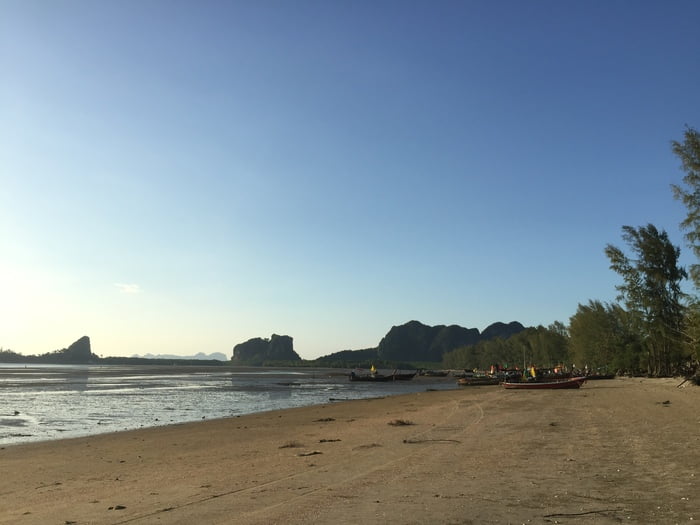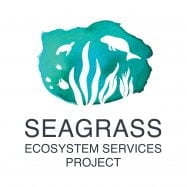Thailand is one of the most biodiverse countries in southeast Asia, with over 2,000 km of coastline and more than 200 islands. Thai waters support more than 2,000 fish species, accounting for 10% of total fish species estimated worldwide.
In 2019, two stranded dugong calves were rescued and protected by the Department of Marine and Coastal Resources (DMCR), but sadly both died the same year from complications caused by ingesting plastic. This tragedy has led to severe government initiatives to improve conservation policy and address marine plastic pollution.
The government of Thailand has established 28 marine protected areas covering biodiversity hotspots in the Andaman Islands and the Gulf of Thailand. Dugongs are also protected under several national and international laws, including the CMS Dugong MoU which they joined as a signatory in 2011.
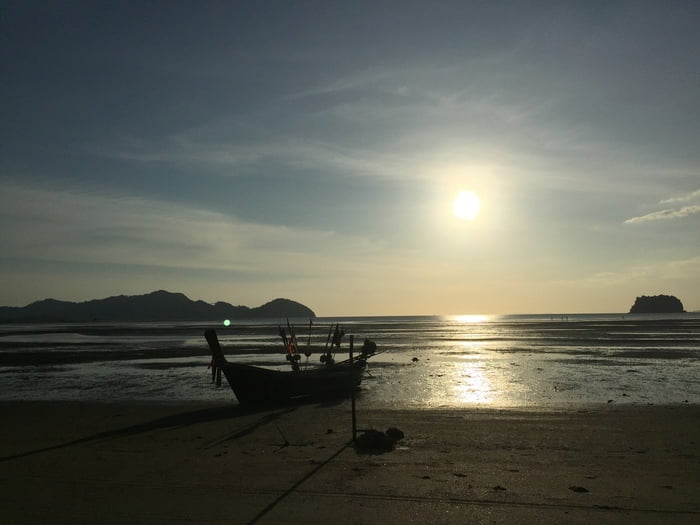
Seagrass
Twelve species of seagrass representing seven genera of two families have been reported on the coastlines of the Andaman Sea and the Gulf of Thailand. The largest and most diverse area for seagrass is located around Koh Libong and Koh Muk, Trang Province – corresponding with the local dugong population’s most important feeding, nursery and reproduction areas.
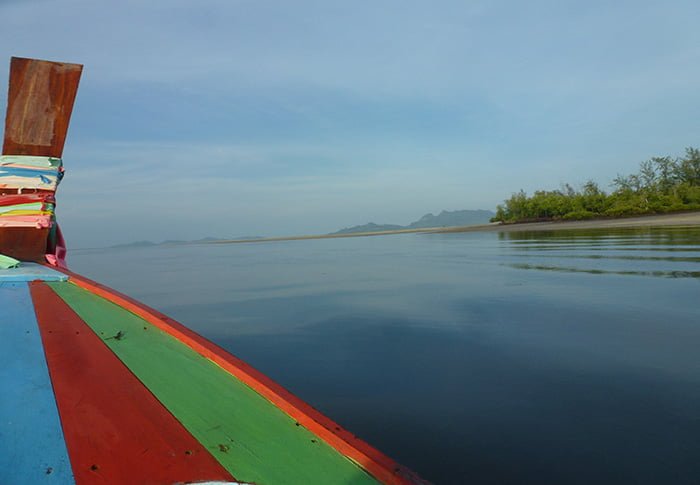
Dugongs
In the past, dugongs were commonly seen along both coasts of Thailand but now they are mainly reported in the Andaman Sea, where it is estimated there are 200 dugongs, and the Gulf of Thailand. The largest dugong population is in a marine protected area around Koh Libong and Koh Muk, in Trang Province.
Traditionally, dugongs were hunted for their body parts, which were believed to have medicinal and protective properties, and for the meat which was sold illegally and used in many local dishes. Due to extensive legislation and awareness raising, there have been no reports of dugong hunting in Thailand for over 40 years.
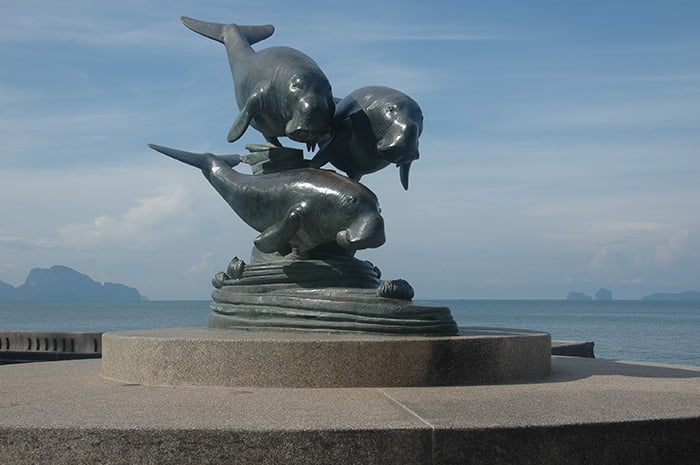
Dugong statue. Trang, Thailand. (© CMS 2013)
Current Threats
Seagrass and the ecosystem services it supports in Thailand are in a critical state of decline and face a variety of common threats. Threats particular to Thailand include: plastic pollution – with Thailand being among five Asian nations responsible for 60% of the plastic waste in the world’s oceans; bycatch – with up to eight dugongs dying each year due to incidental entanglement in fishing nets; and habitat loss due to industrialization.
Seagrass and the ecosystem services it supports are in a critical state of decline.
Conservation Measures & Key Legislation
Dugongs are protected by Thai National Laws, while part of their habitats are designated as National Parks or No Hunting Zones. Four laws and conventions relevant to dugong and seagrass conservation are effective in Thailand: The National Wildlife Reservation and Protection Acts (1992), Fisheries Acts (1947), National Park Acts (1961), and the Export and Import Product Acts (1979), which implements the Convention on the International Trade in Endangered Species (CITES) in the country. All these laws prohibit the killing, taking, possessing, and trading of dugongs or dugong body parts in Thailand. In 2011, Thailand became a signatory to the CMS Dugong MoU.
has developed a policy for community-based marine and coastal resources management, particularly in relation to mangrove, coral reef, seagrass and marine endangered species. This
The Department of Marine and Coastal Resources (DMCR) works closely with local communities and organizations to encourage local community participation in natural resource conservation. and to understand the importance of applying sustainable management. The government believes raising public awareness of dugongs, seagrass and their ecosystem services is key to obtaining long-term sustainable dugong and habitat conservation.
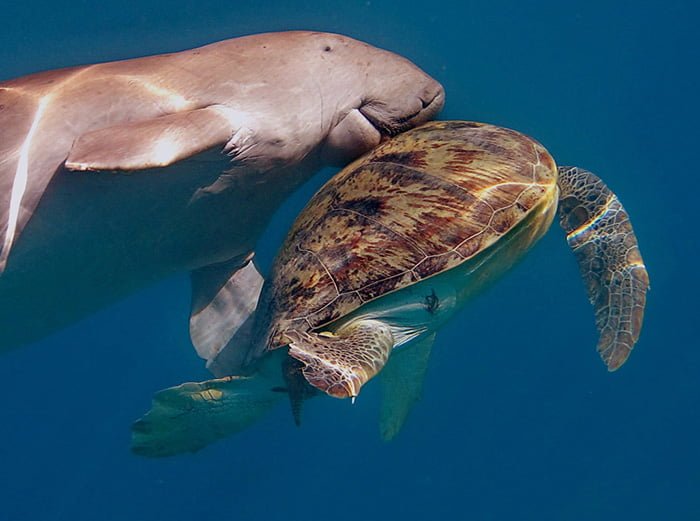
Projects in Thailand
Resources
Adulyanukosol, K., Hines, E. & Boonyanate, P. (2010). Cultural significance of dugong to Thai villagers: Implications for conservation. Proceedings of the 5th International Symposium on SEASTAR2000 and Asian Bio-logging Science (The 9th SEASTAR2000 workshop): p.43-49.
Adulyanukosol, K. & Poovachiranon, S. (2006). Dugong (Dugong dugon) and seagrass in Thailand: Present status and future challenges. Proceedings of the 3rd International Symposium on SEASTAR2000 and Asian Bio-logging Science (The 7th SEASTAR2000 workshop): p.41-50.
Office of Natural Resources and Environmental Policy and Planning Ministry of Natural Resources and Environment, Thailand. (2015). Master Plan for Integrated Biodiversity Management (2015-2021).
United Nations Environment Programme. (2001). Dugong Status Report and Action Plans for Countries and Territories. Early Warning and Assessment Report Series.
